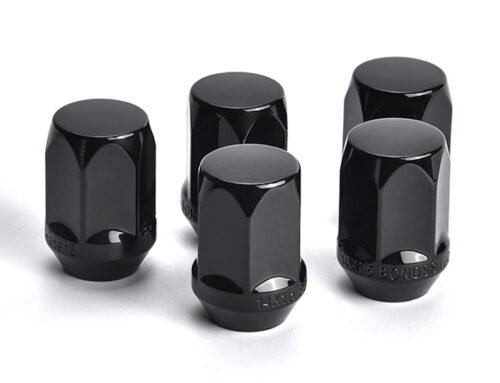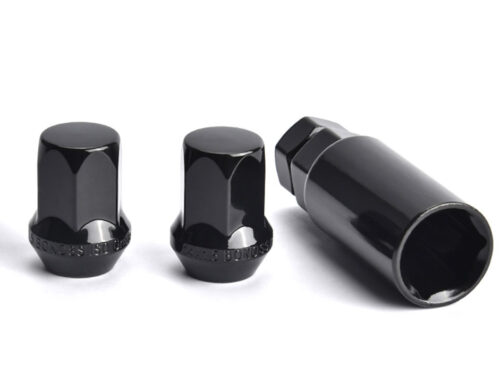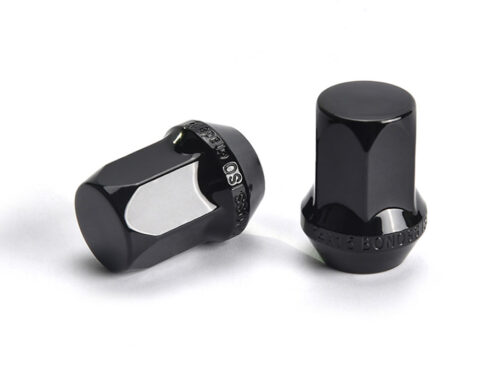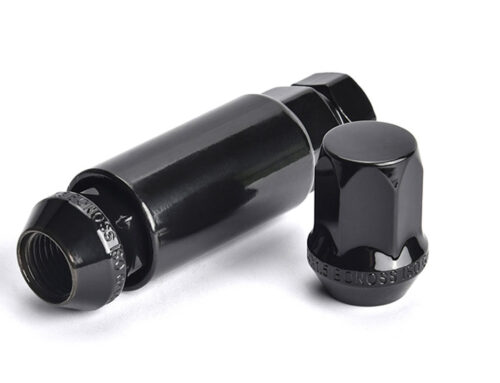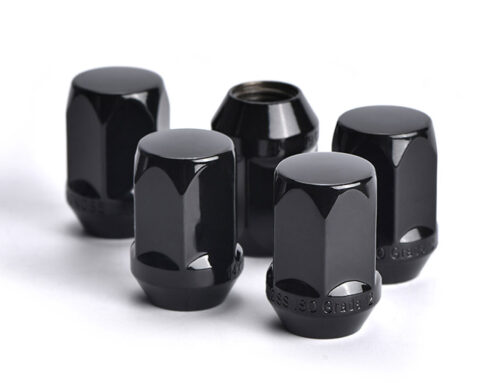Wheel spacers have now become one of the most common wheel upgrading accessories to a vehicle. They are designed to bolt between your hub assembly and the wheel, which adds more backspace to fill the arches. Most factory vehicles are built with wheels that look stuck in the fender flares. When mounting a larger-than-stock tire on, it can cause rubbing issues on suspension, frame, and even body components. Then adding wheel spacers will move the rims and tires outwards from the hub assembly, which can easily solve the clearance and rubbing issues. Some car spacers not only allow for creating more space but also can be used to change from one wheel bolt pattern to another. Since they are considerably more cost-effective than new custom wheels (and can be installed personally at home), they have become a popular upgrade among many racing fanatics.
What Are These Wheel Spacers Made Of?
The vast majority of wheel spacers in the market are composed of steel or aluminum alloy. Specifically, the 6061-T6 aluminum weighs significantly less than steel and provides ample strength for its intended use. Its better performance variant 7075-T6 aluminum provides higher strength and lighter weight than the 6061-T6. This material is more suitable for performance cars. But, be aware that, even the same 6061-T6 aluminum spacers, made by different processes, the performance can be different, such as forging and casting.
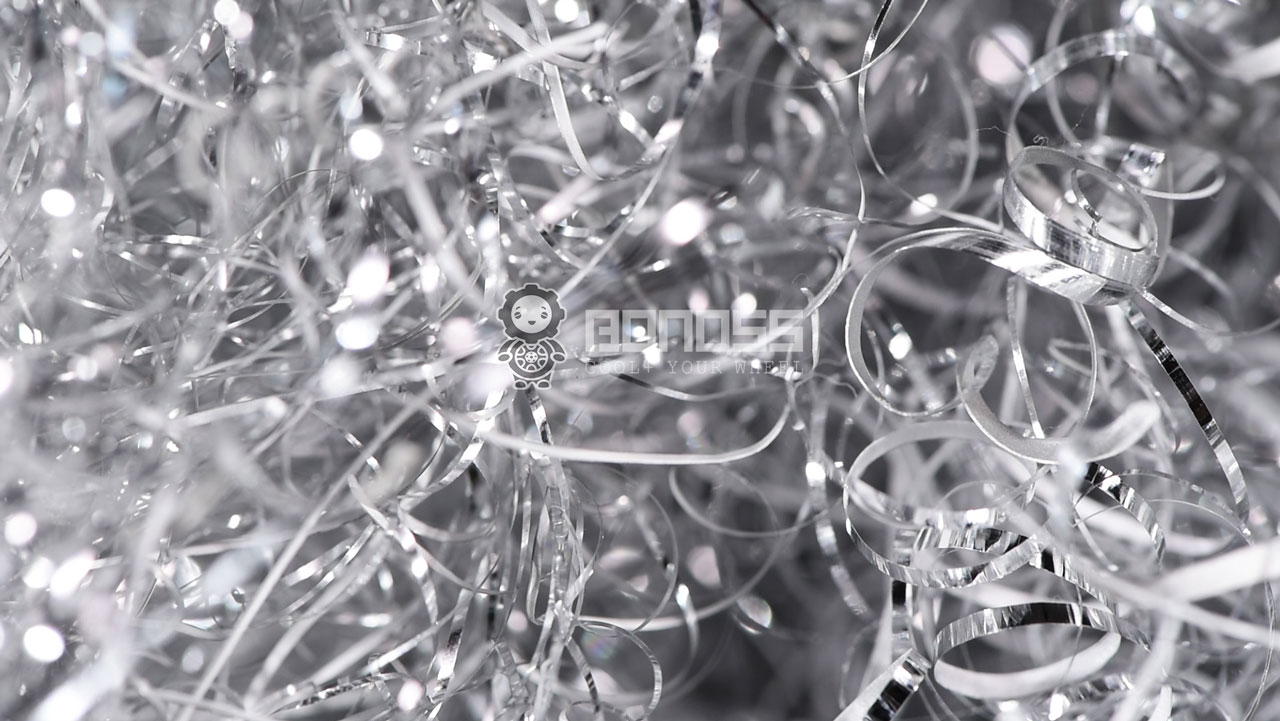
Forged aluminum alloy wheel spacers are manufactured from a solid piece of billets. They have undergone continuous intense pressure to be formed. Particularly, forged wheel spacers are one-piece wheel spacers. Due to the continuous stress cycle and process of deformation, the forged wheel spacers become hard and tough. The strength is greatly enhanced. Consistent forging allows achieving the same structural integrity with less material in comparison to cast wheel spacers. Besides, considering the strength of equipment needed to manufacture forged wheel spacers, this type of wheel spacers is stronger than cast wheel spacers.
In this image, the forged aluminum scrap is slender and slim, which can be stretched very long without breaking. It is because the toughness property of forged wheel spacers is good. This is persuasive evidence of precise manufacturing and the high toughness of forged aluminum.
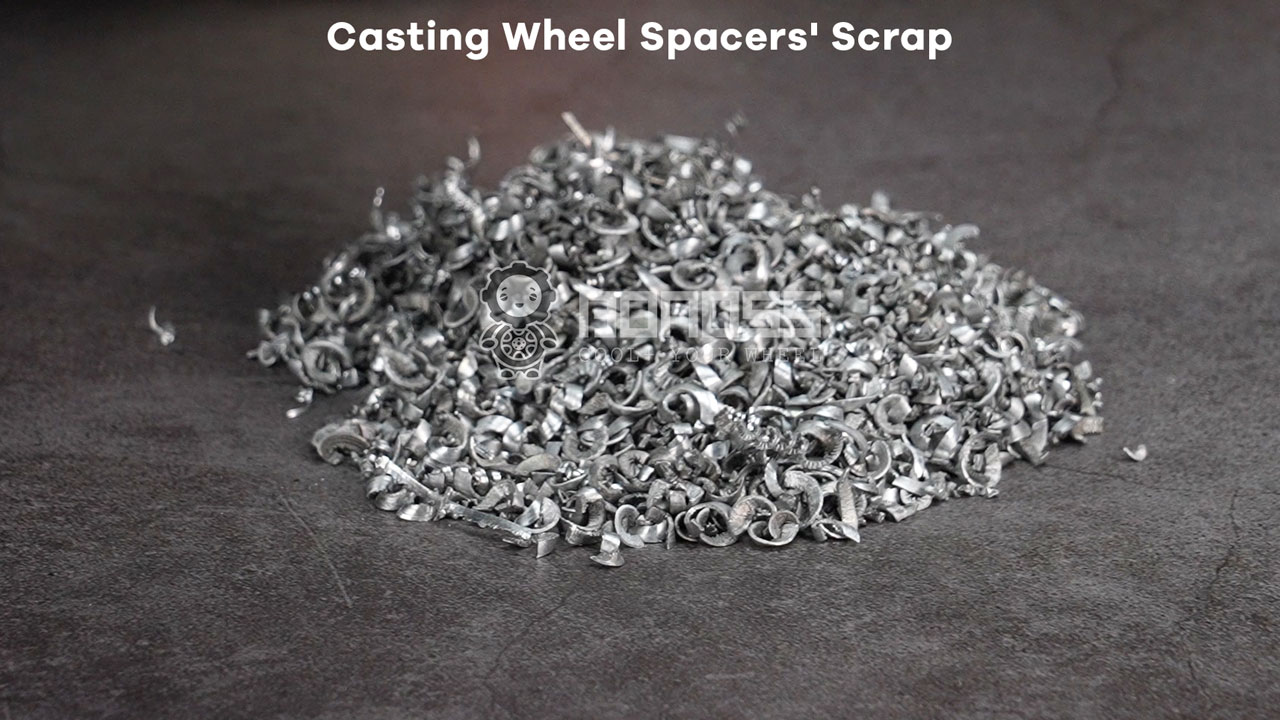 Casting aluminum spacer is a mixture of molten aluminum alloy. It is poured into a specific mold where it acquires its final shape with the help of a vacuum. When it is cooled, it is possible to make modifications like drilling or trimming. Casting wheel spacers are considered to be quick and cheap in terms of manufacturing. However, the major defect can’t be avoided- the nature of its manufacturing results in the occurrence of porosity, cavities, and shrinkage. This makes its mechanical properties inferior to forging. When encountering a fierce impact, casting spacers are easier to be deformed, causing vibration, or even directly damaging the wheel hub.
Casting aluminum spacer is a mixture of molten aluminum alloy. It is poured into a specific mold where it acquires its final shape with the help of a vacuum. When it is cooled, it is possible to make modifications like drilling or trimming. Casting wheel spacers are considered to be quick and cheap in terms of manufacturing. However, the major defect can’t be avoided- the nature of its manufacturing results in the occurrence of porosity, cavities, and shrinkage. This makes its mechanical properties inferior to forging. When encountering a fierce impact, casting spacers are easier to be deformed, causing vibration, or even directly damaging the wheel hub.
In this image, the casting aluminum scrap is soft and granular, which will break easily if stretched long enough. It is because the casting wheel spacer is made with a more random grain structure, which leads to decreased strength.
Since the wheel spacers are installed between the vehicle hubs and the wheels, it is very important to ensure they are high quality. If you consider that a simple and cheap car spacer is “just enough to use”, then you have better not install them on. The fact is that lower quality means lower safety. Never skimp on price and end up with unsafe low-quality spacers. The quality is always a huge deal when it comes to the components you add to your car. Pick out the right spacers and you will have confidence each time you drive on the road or in off-road adventures.

